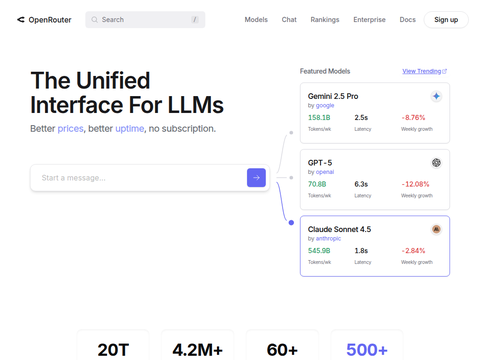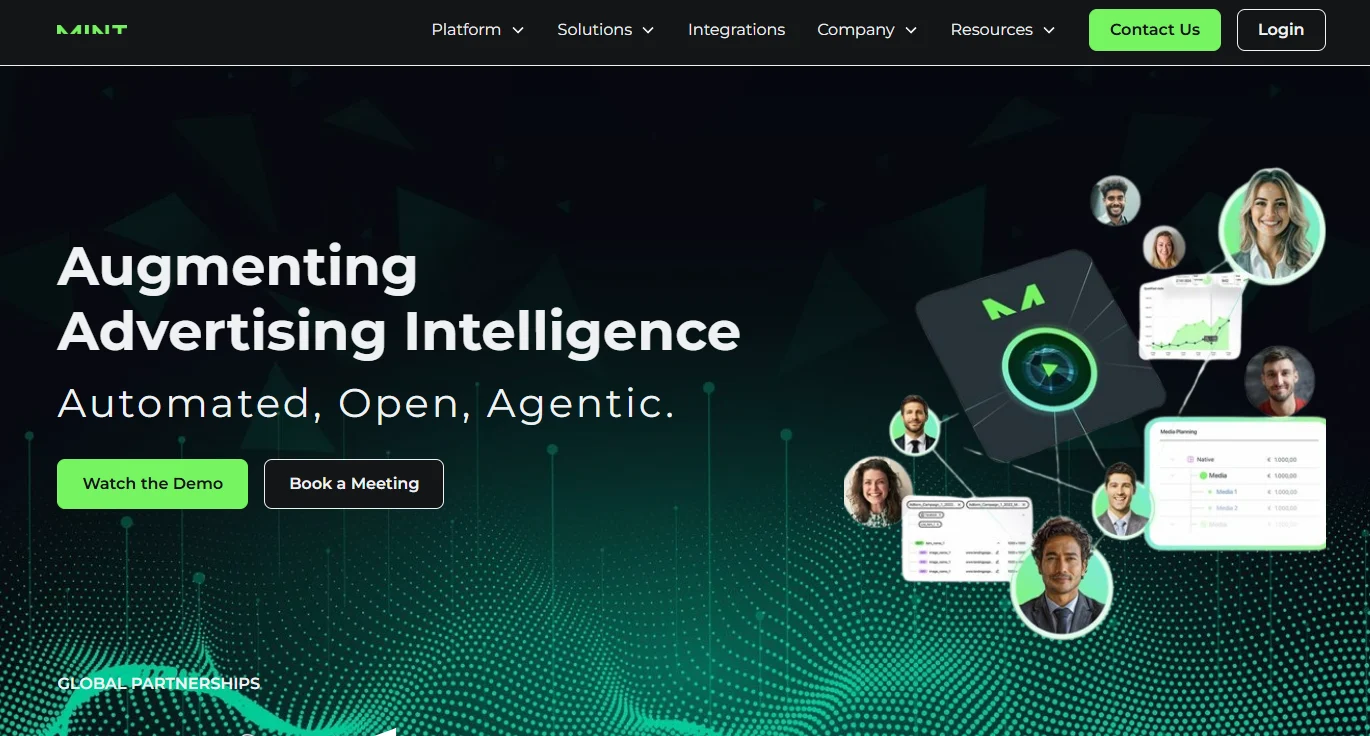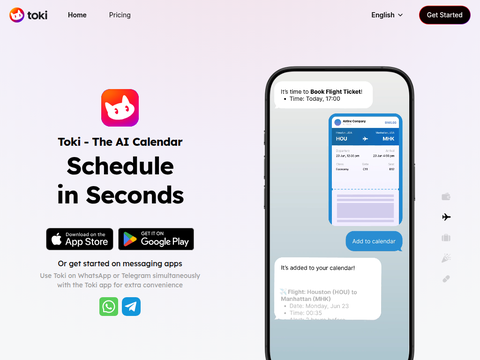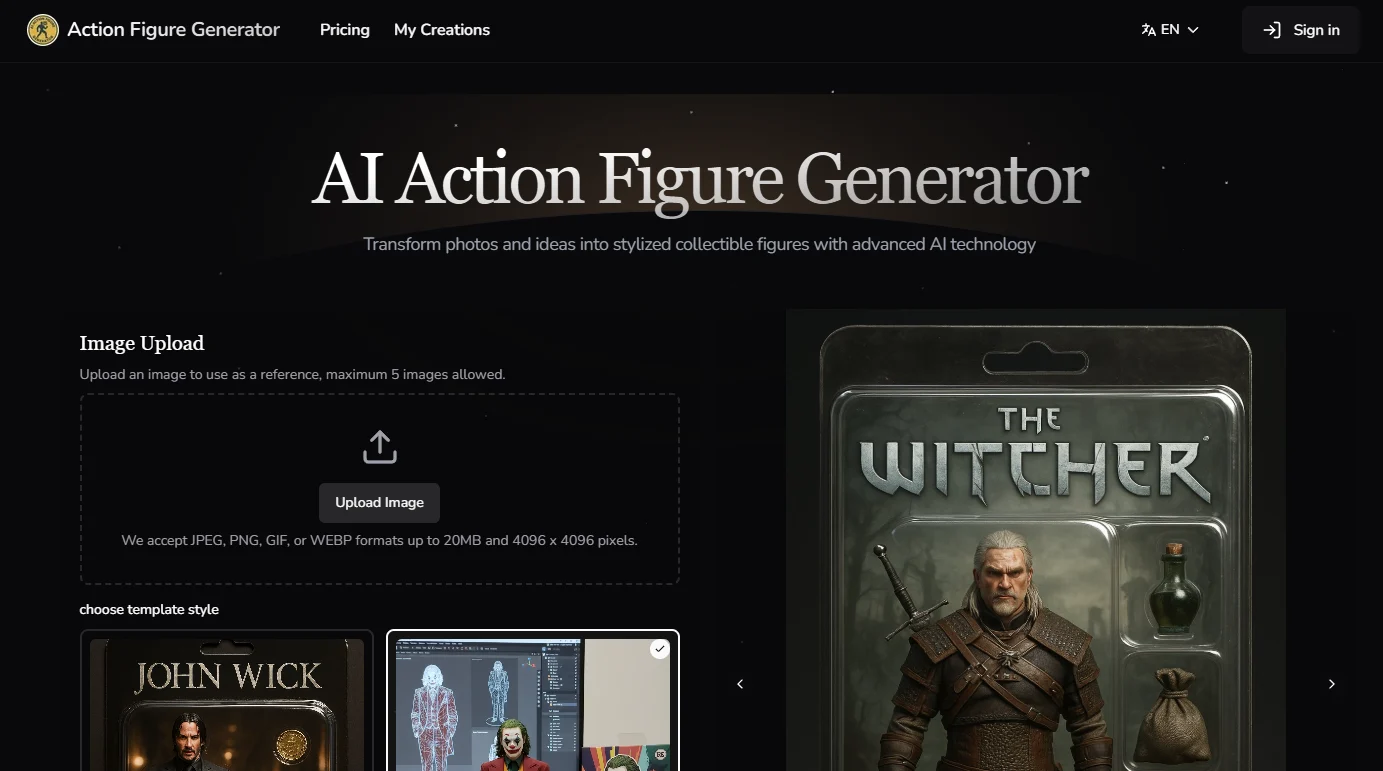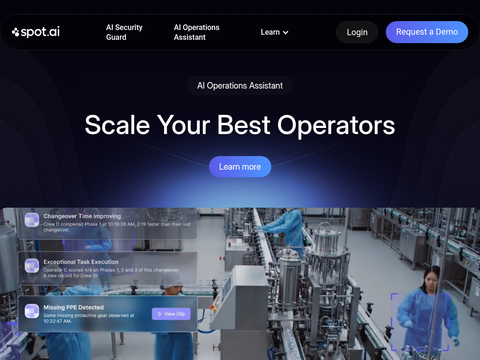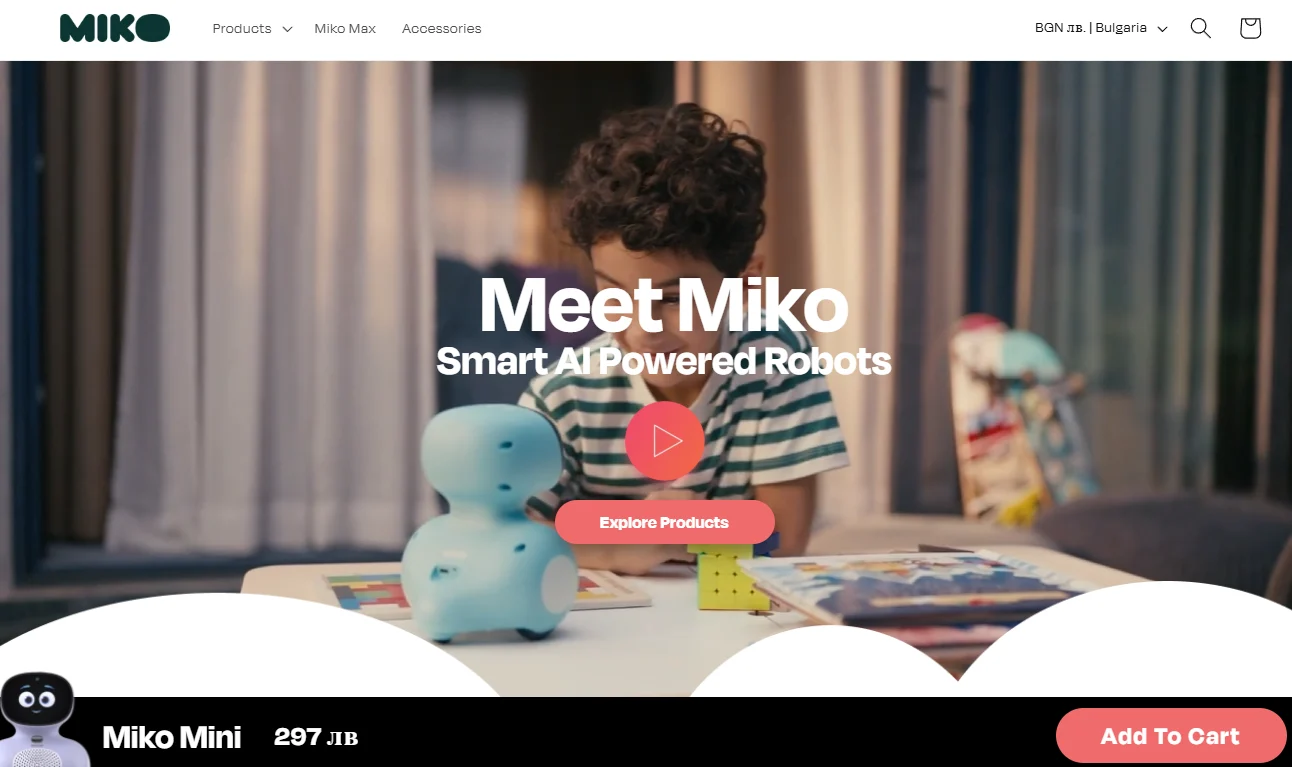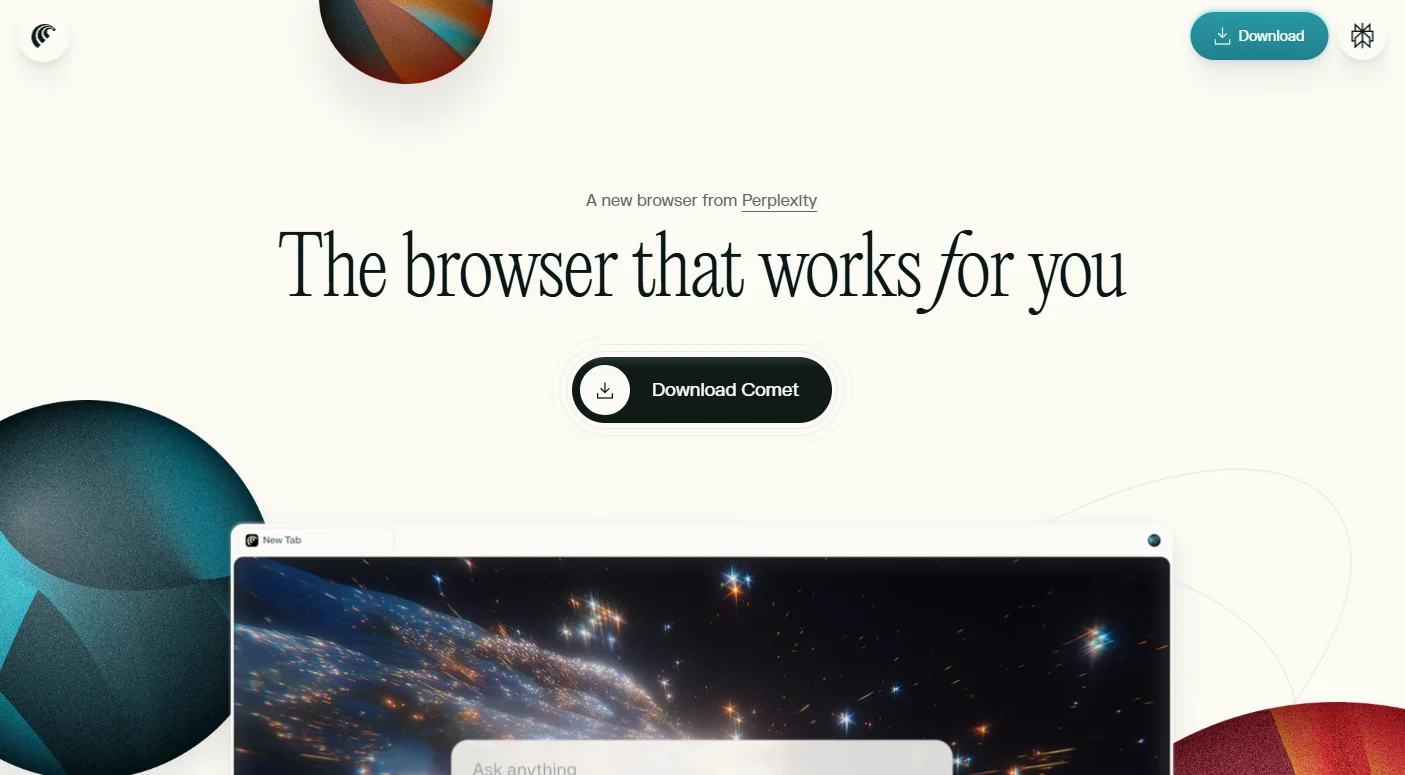According to The Verge, OpenAI is diligently preparing to launch its next-generation advanced model, Orion, in December. Unlike previous releases of GPT-4 and the o1 model, Orion will not be widely released through ChatGPT immediately. A source familiar with the plan revealed that OpenAI intends to first grant access to closely collaborating companies, allowing them to develop their own products and features based on Orion.
Another source disclosed that engineers within Microsoft—OpenAI's key partner in deploying AI models—are working intensively to host Orion on the Azure platform as early as November. Although Orion is regarded internally as the successor to GPT-4, it remains uncertain whether it will be externally named GPT-5. As usual, release plans may be adjusted or delayed based on circumstances. Both OpenAI and Microsoft have remained silent on this matter.
An OpenAI executive revealed that Orion's performance could be a hundred times more powerful than GPT-4 and that it is independent of the o1 inference model OpenAI released in September. The company's long-term goal is to gradually integrate large language models (LLM) to develop a more powerful model, potentially referred to as Artificial General Intelligence (AGI).
Previous reports indicate that OpenAI is using the o1 model, codenamed Strawberry, to provide synthetic data for training Orion. A source revealed that OpenAI's researchers held a celebratory event in September, marking the successful completion of the new model's training.
This timeline aligns with a cryptic post by OpenAI CEO Sam Altman on the social media platform X. In the post, Altman mentioned he "looks forward to winter constellations rising soon." If you ask ChatGPT what Altman’s post hints at regarding o1-preview, it would suggest that Altman is referring to Orion, the most prominent winter constellation visible from November to February (though ChatGPT might mistakenly interpret it as an anagram for "ORION").
The release of Orion comes at a critical period for OpenAI. The company has recently completed a historic funding round of up to $6.6 billion, leading to its restructuring into a for-profit entity. Simultaneously, the company is undergoing significant personnel changes: Chief Technology Officer Mira Murati has announced her departure, and Chief Research Officer Bob McGrew along with Vice President of Later-Stage Training Barret Zoph are also leaving the company.

